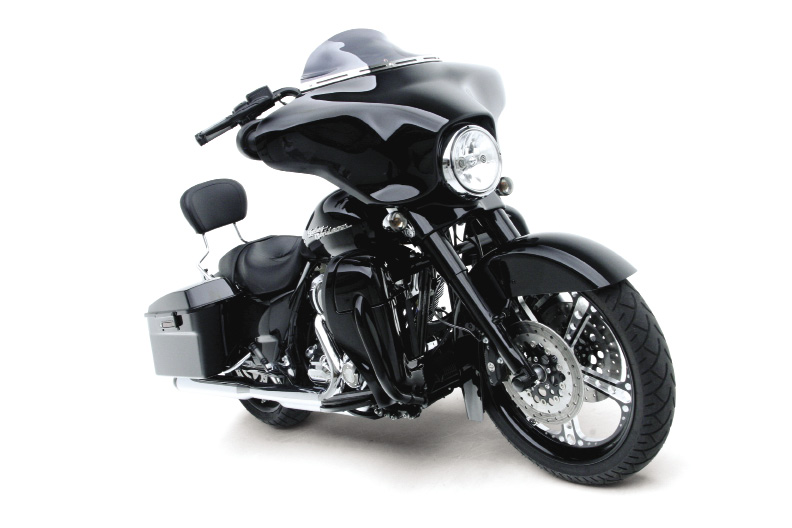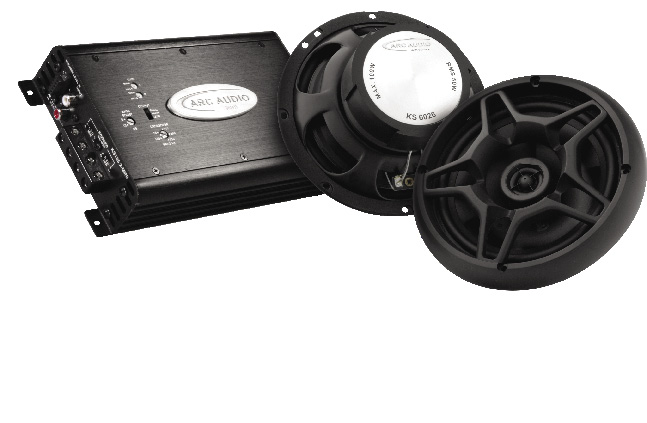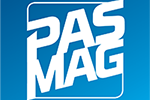Installation and Listening
Because this kit is designed for a specific application, and I just happen to have one of the Harley models it’s made for, I decided to install the system into my own bike, and take it for an evaluation ride.
The actual installation went fairly smoothly since I’m quite familiar with how to remove the Ultra’s fairing. The amplifier mounts right on top of the radio using a large piece of Velcro. Wiring is straightforward, and in a couple of hours I had the whole system installed.
As usual, the first thing I check for after completing a new installation is noise, and happily, the system was noise free. Loading up a CD with a dozen or so favorite tracks, I fastened my helmet and went for a ride. The first thing I noticed was the additional power. The Ultra has a set of Vance and Hines pipes, and is quite a bit throatier sounding than a stock bike. Where I would normally have the radio volume at 30-40% just to overcome the exhaust, with the Arc Audio system I found I was running it at about half the level I did previously. The system sounded pretty good, and while it’s difficult to assess ultimate sound quality when you are riding down the freeway at 70mph wearing a helmet, it was definitely a prodigious improvement over the stock gear. Midrange clarity was improved, and much of the high frequency information that used to be lost to road and wind noise were once audible again.
After a hour or so of riding, I came to the conclusion that I had been expecting a little more bottom end from the 6.5 speakers, so I pulled back into the garage and removed the fairing again to readjust the crossover a bit lower. Once reassembled and back on the road with a crossover frequency of around 70Hz, the system sounded warmer and had better overall timbre. (Note: It should be noted that the opportunity to overdrive the speakers is always there, so if you use a lower crossover setting, you have to be a bit more careful with the volume control.)
On Harley Davidson motorcycles with the Harmon-Kardon radio, there is an automatic volume level function that is controlled by reading the signal from the bikes speed sensor. As you increase speed, the volume will increase to your preset limit, and then when you slow down, the volume comes back down automatically. But with this much power on tap, Arc Audio strongly recommends turning off the automatic volume control function in the Harley radio because it can overdrive and possibly even damage the system as the bikes speed increases.
Generally speaking, the MPAK4 system was head and shoulders better than the OEM system. I had plenty of power to hear the music well even at speeds that were well in excess of the 65mph local limits. From a sound quality perspective, the clarity and intelligibility were much improved compared to the OEM system, and the whole system was generally much more enjoyable.
And thanks to the fractional power efficiency of the Class G design, average current draw of the amplifier while riding was under 12 amps, even at my enthusiastic volume levels, so the system shouldn’t tax the bikes charging system any more than a set of auxiliary lamps.
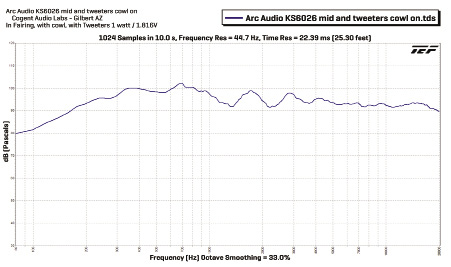 |
 |
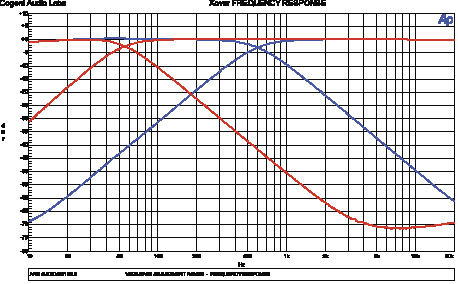 |
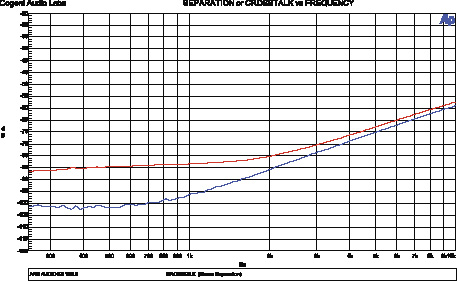 |
Measured Specifications
While the system was in the bike I used my portable TEF25 (Time-Energy-Frequency) system to measure the frequency response of the loudspeaker from the riders position. The resulting curve seemed to agree with my ears, with a relatively flat response, considering the speaker is being loaded into an adapter ring, and the speakers output is directed straight into the handlebar controls. (see graph)
The amplifier was removed and brought to the lab for a thorough test, and I’m happy to report it meets or exceeds all the published specifications.
Conclusion
If you are a music lover and you’re fortunate enough to own one of the big touring bikes from Harley-Davidson, you owe it to yourself to check out this package from the folks at Arc Audio. Even if your bike runs aftermarket pipes like mine, you’ll have plenty of audio power and vastly improved clarity at any speed. And just like the music it plays, when you compare the total cost of the MPAK4 system to many of the alternative system upgrades available, your choice will be clear as a bell.


